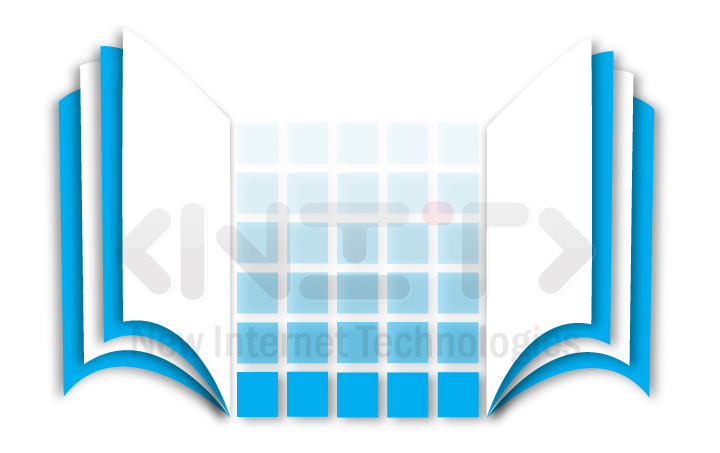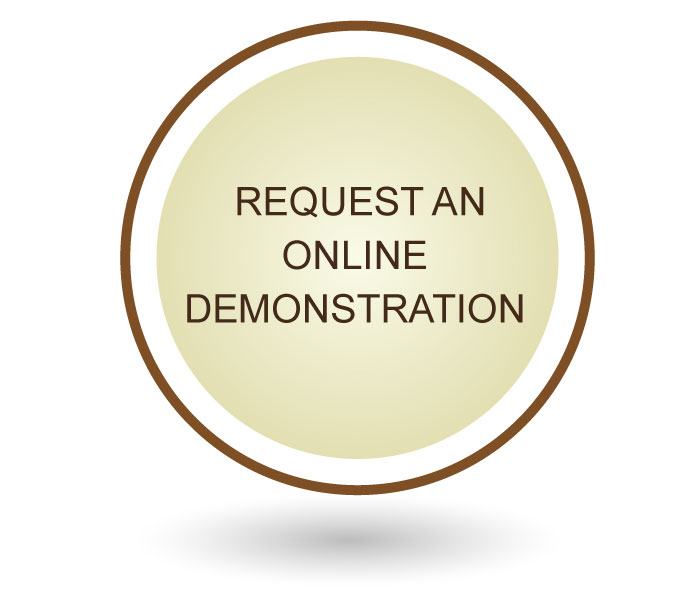Cataloging System

The purpose of the system is to create catalogue records and to rationally manage collections of all types and sizes – historical, anthropological, ethnographic, natural science, art, literary, documentary, tourist, archival, library, photographic, etc.
It is a modular solution to all problems, related to the activities of your museum, gallery, library, archive, municipality or private collection. The system allows you to easily organize collection data; record, store and present valuable objects and materials; manage the work process, etc.
The product is easily accessible, comprehensible and secure. Its clear design, consistent interface and user-friendly menu will make your work much more efficient.
The cataloging systems saves all entered objects digitally and allows flexible configuration according to the needs of your collections.
The platform consists of two parts – administrative and public. Therefore, it could be used not only for managing and description, but also for presenting of objects, elements, events, places, dictionaries, and other materials to the wide public. The end result is a complex system with unlimited possibilities for further development.
Short overview of the functionalities of the system
In the digital catalogue you will find options for:
• adding, organization and managing of content – text and multimedia;
• certification;
• creating relations between the elements;
• ordering the elements hierarchically;
• incorporating records in other records;
• presenting and placing the objects on a map;
• providing opportunities for collaboration between experts from different areas of expertise;
• providing opportunity for users to look at items, including an additional option for creating individual collections;
• determine the access of users with administrative rights;
• ranking, labeling, commenting;
• independent use of the administrative and the public part;
• integration with already existing web-site;
• and others.
The product, which we offer, has been developed on a high-quality software framework. The framework is web-based, which significantly simplifies its use and maintenance. Furthermore, all its components have proper license, so there is no need for you to spend money on other type of software.
With its cataloging system “NIT-New Internet Technologies” Ltd. created a standard for exploring and managing the Bulgarian collections. It will help those collections to gain popularity and to strengthen their significance.
In order to view the short video presentation of the product, please, click on the following image:
The Need Of a New System
The museums are the only institutions, which collect, store, and expose objects with historical, cultural, and scientific significance. Their work is exceptionally valuable, although not an easy one. The huge amount of data should be captured and systemized.
Structure
At “NIT-New Internet Technologies” we invented a multifunctional system for creating catalogue records, which could be further developed according to the individual needs of our clients.
Standards and Technical Specifications
The cataloging system, which we offer, has been created on the basis of already approved and successful criteria and specifications for developing different types of collections.
Cataloging System For Museums
The contemporary museums are facing a number of challenges. Every day they need to coordinate and carry out different activities – from registering new objects, through documenting and administering collections and exhibitions, to managing the work process. All these tasks could be automated with the help of the cataloging system.
Cataloging System For Galleries
The main activity of the galleries is the organization of thematic exhibitions. This is a difficult task, which requires time, specific knowledge, and other resources. A certain number of people are responsible for the completion of this task and their activities also need to be planned. A new, more effective managing system is needed. Therefore, we developed an information system for cataloging with the purpose to optimize the work processes in the galleries.
Cataloging System For Libraries
The first libraries have been discovered in temple rooms in Sumer (around 2600 BC). No matter how much they have changed since then, they continue to carry out the same function, namely, to preserve collected sources of information. The gathering and the storing of those resources require adequate methods and proper organization, which could be facilitated by our cataloging system.
Cataloging System For Archives
The cataloging system is suitable for different types of archives. The materials, which they store, possess high cultural value and serve as evidences for past events. The access to them has often been restricted, so that they could be preserved for longer period of time. This, however, reduces the possibilities of their study, analysis, and popularization.
Cataloging System For Municipalities
The history and the culture of each nation are unique. They determine the nation’s significance and importance not only in regional but also in international aspect. Unfortunately, some processes, such as urbanization and vandalism, jeopardize the existence of many movable cultural heritage items and monuments. Certain mechanisms and standards need to be developed to facilitate the preservation of the cultural heritage. The information system for cataloging the variety of items, that the cultural heritage consists of, is a good start.
Cataloging System For Private Collections
A significant part of the national and world heritage is in the hands of private collectors. They also need a solution to manage their valuable collections – to create records, administer documentation, and execute other activities. They need a system, which will allow them to register new items and to categorize them in the comfort of their living rooms.

